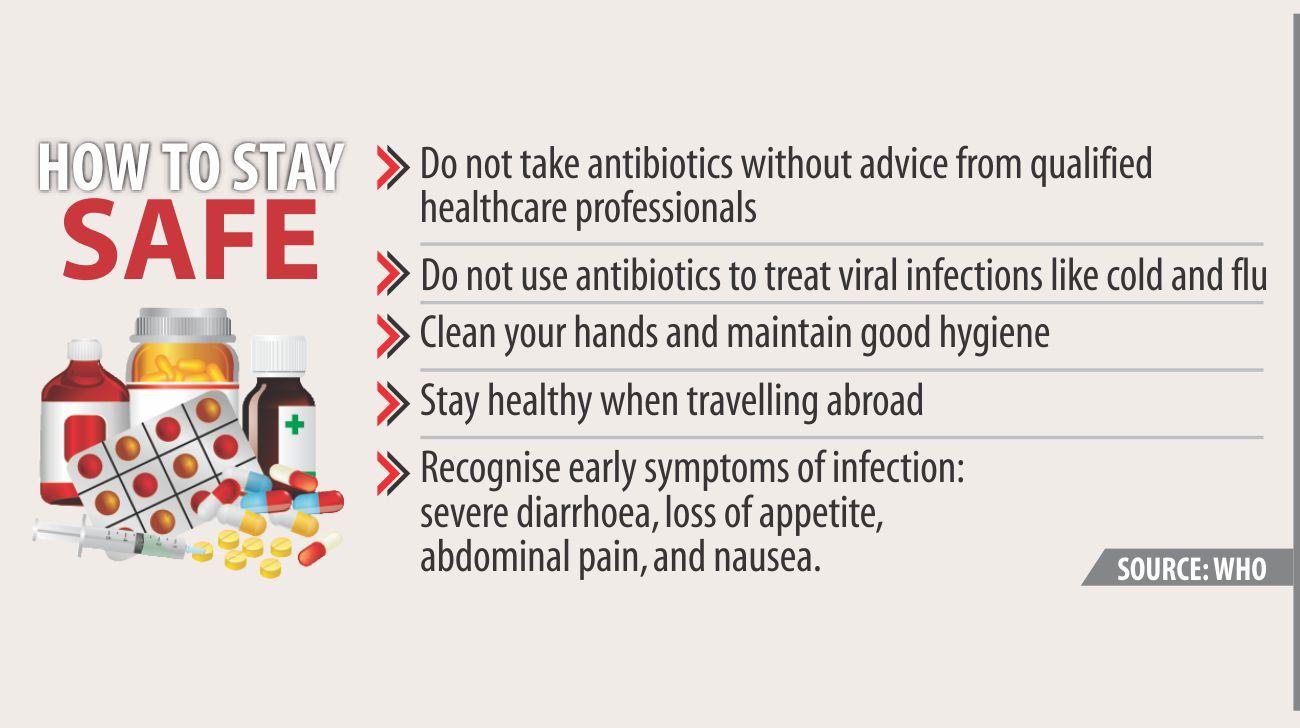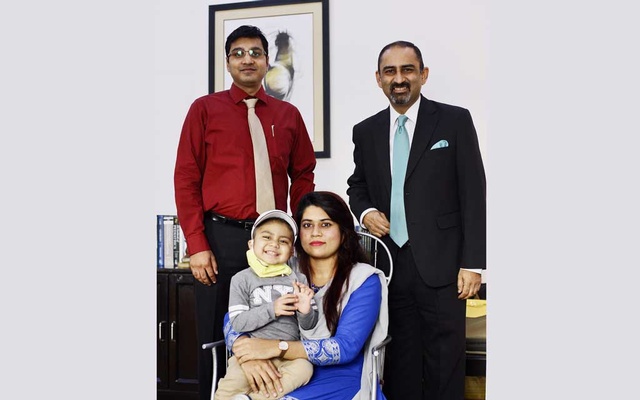DHAKA, Bangladesh-Taslima Masud faces a dilemma every morning: should she prepare food or stay hungry to avoid illness?
“The kitchen is so close to the toilet,” she says. “When I cook, I can’t smell the curry but I can smell the toilet. It disgusts me every day, but there is nothing I can do except . . . not cook. And I have to cook.”
Masud, 19, lives in Korail, Dhaka’s largest slum. Its roughly 70,000 residents dwell in the shadow of the affluent Gulshan neighbourhood, with its mansions, restaurants and western-style shopping centres.
Masud, her husband Mohammed, and their year-old daughter Karima share a one-room shanty that can be crossed in two strides. It is made of corrugated steel sheets held up by wooden poles. A bed takes up a large portion of the room and a battered TV sits in one corner. In another corner are Masud’s dishes. The kitchen, a cramped space with a couple of shelves, is in the back, about a metre from a toilet shared by two dozen other families.
The makeshift toilet – a tiny bamboo structure with open drains – stinks, says Masud. Often, there is a lineup and “somebody or the other always gets into a fight about who was there first. Cooking is the last thing I like doing around here,” she says.
It is not just the smell. Every monsoon, when the slum is overrun with rainwater, cholera and malaria outbreaks are common. Masud has to cook while standing in puddles of muck; nearby, excrement gets stuck in the overflowing drains. She says she almost gags.
“I don’t want to live like this … who wants to?” says Masud, a pretty woman with big eyes and a sad smile. But after her husband’s family farm and home in Barisal, in southern Bangladesh, were inhaled by a powerful cyclone in 2008, they had no choice.
She is a climate-change refugee.
Climate change is expected to trigger a migration like no other.
Experts expect about 250 million people worldwide to move by 2050. Of those, 20 million to 30 million climate-change refugees are expected to be in Bangladesh, likely the largest number from one place.
As extreme weather, floods and drought force them to flee their homes, most will head to the capital.
Dhaka is the fastest-growing megacity in the world; its population is about 17 million, up from 12 million in 2005 and six million in 1990. By 2025, the UN says the city will be home to more than 20 million people.
Fast-growing urban areas like Dhaka will bear the brunt of climate change-related disasters, particularly because so many of them are located in coastal zones. Dhaka, on the banks of the Buriganga River in the low-lying Ganges Delta, is prone to flooding during monsoons.
As much as 40 per cent of Dhaka’s population – almost seven million – lives in tiny hovels in slums, beside railway tracks, along riverbanks and even on swampy lowlands in the shadow of glittering hotels.
The International Organization for Migration says about 70 per cent of these slum dwellers have come to Dhaka because of climate-change adversity.
Slum dwellers have sporadic access to electricity, which is stolen from nearby office buildings or residences; most people keep kerosene lamps. Water is supplied through a hand-pump, and one pump is shared by as many as 200 people. Toilets, often a pit in the ground, are communal. In most places, there are open drains. Kitchen and toilet waste is taken to the nearest pond or river and dumped without any treatment.
And experts have warned that the ground-water level is dropping, threatening the water supply.
Istiak Sobhan, program co-ordinator for International Union for Conservation of Nature, worries about those coming to Dhaka, to this kind of a life.
The government and other agencies should be investing in cheap housing, clean drinking water and sewage rather than spending “so much” on studying the impact of climate change, he says.
A public transit system would be good, but “let us start with better housing,” he says. “If people have to move, we have to provide them with alternatives. Dhaka doesn’t do that.”
Dhaka may be booming, with highrises going up everywhere, but there is no matching infrastructure.
Experts have said that without a mass transit system or pedestrian sidewalks, the system will soon collapse. There are public buses, but they get stuck in gridlock. A subway system called Dhaka Metro has undergone a feasibility study but construction has yet to begin.
Electricity is another headache. There are haphazard cuts daily because the power generated is less than half what the city requires. Most middle-class homes and businesses have backup generators.
The poor, meanwhile, make do with what they have: almost nothing.
The majority of those who live in slums pull rickshaws or work as part-time domestics, earning perhaps $2 a day. Others, mostly women, work for apparel industries. They earn a pittance.
Children rarely go to school. When they are in their early teens, they usually start doing some kind of menial work – either scavenging or cleaning streets.
“It is a tough life for everyone, even the little ones,” says Jafur Siqdar. “Everyone has to work. Even in a slum, everything is expensive.”
Siqdar, 25, left his village of Chandpura, near the coast, after Cyclone Aila in 2009 flattened everything – his village, his house and the brick kiln where he worked.
He and his wife, Javeda Begum, live in a slum near Dhanmondi and work at a garment factory. Between them, they earn about $80 a month. After paying rent for their shack and charges for the use of the kitchen and toilet, they are left with $40 – about 31,000 Bangladeshi taka, the local currency.
It doesn’t go far. One kilo of rice costs about 500 takas, the same amount of lentils is 600 to 800 takas, while fish is about 700.
Begum says it is barely enough money for food for the month.
She wants to start a family soon but admits economics plays a role. Once they have a child, it will be tough to manage. “I know I won’t be able to work then,” she says. It will mean three people living off one income that won’t exceed $50 a month.
Motalif Khan and his petite wife Shurma live next door with their 9-month-old son, Nayun. Often, after renting their rundown shack and the rickety rickshaw he pulls, Khan can barely afford food.
Last August, in the middle of the monsoon season, their newborn got diarrhea. They could not afford a private doctor, so they took him to a government hospital, where they waited an entire night before a doctor could examine him. They spent three days in one dim corner of the hospital because there was no bed available. Nayun got an IV, but there was nothing else to do but pray. The baby recovered, but it was a nightmare.
“I would like to do something else, go some place else,” Khan he says quietly.
But he can’t.
His village, near Barisal town, is perpetually flooded. (Barisal, say local scientists, is experiencing higher tides linked to climate change and large swathes get flooded every year.)
“Everything is a mess here,” he says.
Anees Mohammed works with Action-Aid in Dhaka and has been visiting slums for two decades. He has closely observed the ebb and flow of migration. In the past, he says, men came to Dhaka after a bad crop, earned some money and returned home. They never brought their wives and children. Now, they do and few families ever leave.
“Through the years, it has been getting worse, but it has gotten very bad recently.”
Dhaka may be bursting at the seams, but Bangladeshis still see hope.
“The way I look at it, my family and I have a chance at a new life,” says Taslima Masud.
But Ahmed Riaz, 57, who moved to Dhaka in 2001 when floods ruined his rice crop for the third consecutive year, says nothing ever changes in the big city.
“Not for the poor,” says Riaz, who came to Korail slum from near Sakhipur, in northern Bangladesh. “Things were just like this when I landed here . . . slums for people like us, no running water or electricity. There are way more people here now but the rest . . . it is the same.”
The government can’t do much, he says.
“How can it provide houses for thousands and thousands of migrants?” asks Riaz. “Things will only get worse here.”
Raveena Aulakh covered the anniversary of Japan’s Fukushima disaster for World Weekly.
Source: Utility Products










Dear Yazdan: Thank you for sharing the report on the state of our environment, which, of course, most of your readers are already aware of. Year after year the state of our environment have been brought to the attention of concientious people, who aparently, read, suffer from their pain or their inability to do anything about it, or at best appeal to the governmental authorities to address the issue to redress the sufferings of the people. We have to remember, the government can do only so much. I believe, voluntery efforts must supplement governmental efforts. I am one of those who is ready to volunteer time to address environmental issues on a small scale. Please send me an email at http://www.nhuq@poribesh.org, if any of your readers are interested in joining my efforts.